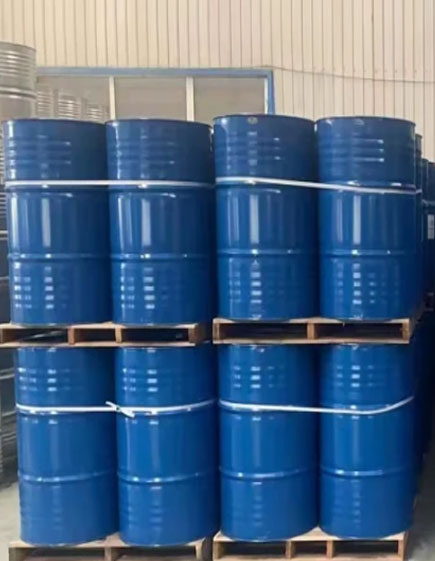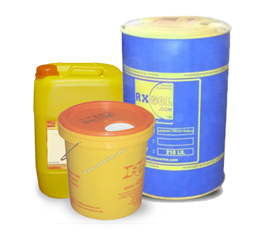Alphabets Search
Product Search
Categories
- --None--
- Agriculture-94
- Air Lines-36
- Asphalt Release / Products-90
- Automobiles-41
- Ballast Tank Chem-23
- Boiler Chemicals-42
- Carbon Coal Charcoal-26
- Clean Air deodorizer-24
- Construction Chem-67
- Coolant Glycol Antifreeze-27
- Cooling Water Chemical-43
- Corrosion Inhibitor-44
- Deck cabin galley Maintenance-25
- Degreaser-10
- Detergent & Soap-12
- Drain Clean Products-29
- Drilling Fluids & Mud Oil Field chemicals-81
- Electrical Cleaner-30
- Engine room Maintenance-16
- Evaporator Treat-51
- Floor Care ( Polish / Cleaner ) -13
- Foundry Ind Chemicals-54
- Fuel Treatment-70
- Gasses-66
- GREASES-92
- Hand Wash / Personal care-14
- Hold Solution-22
- House / HOTEL & CATERING-15
- Lab Chemical-60
- Lab Equipment-61
- Laundry Chemicals-26
- Leather Chem-96
- Medicine-95
- Metal Treatment-68
- Oil Spill Chem & Accessory -17
- Paint and Cleaning solvent-18
- Passivation-38
- Power Plant / Heavy Industries-37
- Pump & Accessory-21
- Radiator and AC coil cleaner-39
- Railway Maintenance-35
- Raw Chemicals-19
- RIGS Oil Field-34
- RO Chemicals-33
- Rubber Chemicals-93
- Rust Clean & Protect-28
- Safety Item-64
- Scale Remover-11
- Sewage Chemicals Treatment-40
- Stains Indicator Reagents-69
- Swimming Pool & Spa-31
- Tank Cleaner-20
- Test Kit For Water-62
- Textiles / Looms-91
- Wall Wash Test Kit-63
- Water Filter, Vessel, Softner, Accessory-32
- Water Treatment-40
- Wrench & Tools-65
Zinc Carbonate
The fine particle-size-distribution of zinc carbonate results in a maximum amount of surface area for fast, efficient sulfide scavenging and is effective in water-base and oil- or synthetic-base fluids.
25.00Kg.(PWD)
Product Description
Product Technical bulletin
The fine particle-size-distribution of zinc carbonate results in a maximum amount of surface area for fast, efficient sulfide scavenging and is
effective in water-base and oil- or synthetic-base fluids.
Typical Physical Properties
| Physical appearance | White powder |
| Specific gravity |
3.5 |
| Zinc content | 55% minimum |
| Solubility in water |
Insoluble |
Applications
Under operating conditions, zinc carbonate reacts with sulfides to form zinc sulfide (ZnS), which has an extremely low solubility in water (0.0096 g/mL). Drilling fluids should not be acidified; otherwise, hydrogen sulfide could be liberated.
zinc carbonate is effective as a scavenger at the pH levels found in drilling fluids. It is recommended that a pH above 10 be maintainedb whenever H2S is expected. This high alkalinity converts the dangerous H2S gas to less toxic bisulfide (HS-) and sulfide (S2-) ions. The alkaline pH (>10) allows an extra margin of safety.
The initial treatment of zinc carbonate is usually 1.5 to 3 lb/bbl (3.75 to 8.0 kg/m3), depending on requirements. Subsequent field treatments should be based on approximately 1 lb/bbl (2.85 kg/m3) of zinc carbonate per 800 mg/L of sulfides detected.
One hundred kilograms (kg) of zinc carbonate reacts with approximately 25 kg of hydrogen sulfide. Use a Garrett Gas Train and proper Dräger tubes to measure the sulfide content. Zinccarbonate scavenger should be added through the hopper.
The product has a fine particle size and good dispersibility which minimizes reaction time. The use of excessively high pH (>11.5) should be avoided when using zinc carbonate scavenger in water-base fluids, as extreme viscosity increases are likely.
Advantages
• Is not pH-dependent; it is effective at alkaline pH, such as 10 to 11, whereas iron materials are less so
• Helps remove the hazard of dangerous H2S gas escaping to the surface
• Lessens the possibility of hydrogen embrittlement occurring on downhole tubulars
• zinc carbonate can be used in oil- and synthetic-base fluids, but pilot testing is recommended
Limitations
• Flocculation can occur in lightly treated water-base mud systems
Toxicity and Handling
Bioassay information is available upon request.
Handle as an industrial chemical, wearing protective equipment and observing the precautions described in the Material Safety Data Sheet
(MSDS).
Packaging and Storage
zinc carbonate is packaged in multi-wall, paper sacks; packing container sizes will vary based on local area of purchase.
Store in a dry location away from sources of heat or ignition, and minimize dust.
Product label

Request for Quote and Get Heavy Discount on Price

